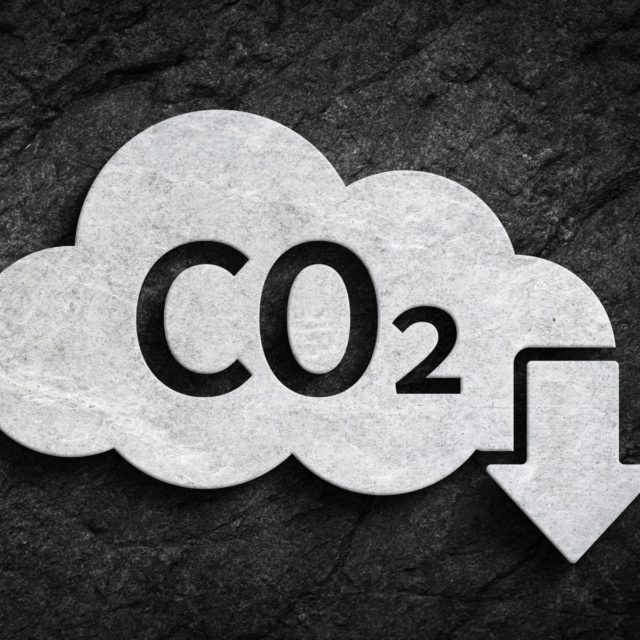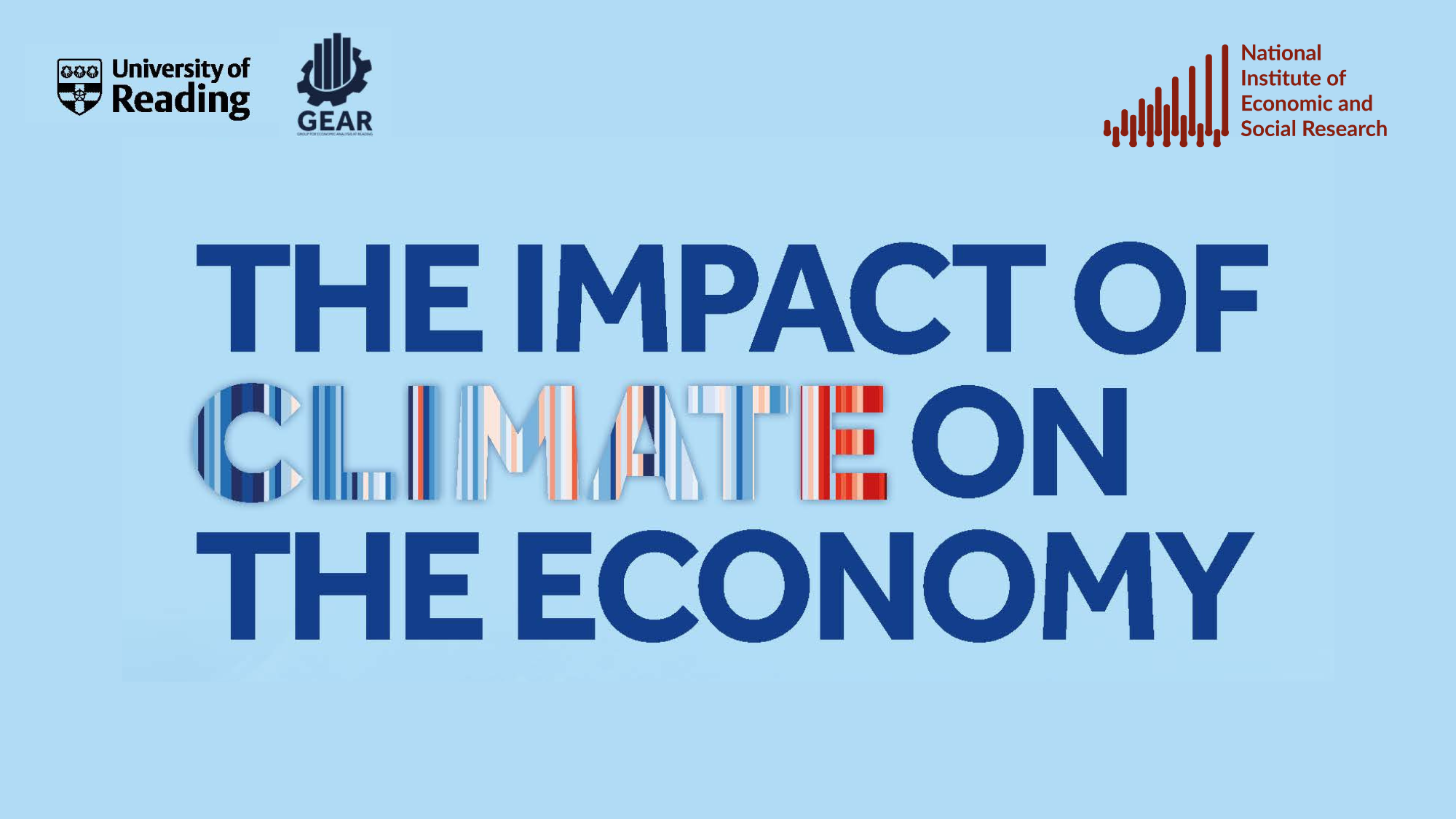The Implications of Interconnected Climate-Nature Risks
Summary & aims
Together with the Bank of England, the Green Finance Institute, University of Oxford, University of Reading, and the UN Environmental Programme World Conservation Monitoring Centre, are exploring the nature-related financial risks to the UK financial sector through a prudential-regulatory lens. Research conducted in 2023 aimed to identify the potential scale of the risk and assess its materiality versus other risks. This research also provides information on potentially material drivers, risk transmission channels and timescales, and aims to offer a view on ‘how’ and ‘where’ nature-climate risks pose different challenges versus ‘standard’ shocks considered by central banks. In this way it seeks to highlight if a different approach to supervision is required and the similarities/differences to climate.
The collaboration with NIESR will explore the macroeconomic and financial modelling questions. This first stage is exploratory, so while the goal is some quantification of the potential financial risks, our aim is to ‘stress test’ the system with simple scenarios to assess its sensitivity and vulnerabilities to nature-related shocks and stress rather than produce a precise impact estimate based on a well-defined quantified scenario.
Methodology
Underpinned by the development of a UK Nature-related Risk Inventory and sectoral risk analysis, a set of three nature-related risk scenarios were produced, and their impact on GDP estimated, as well as preliminary indications for their impact on UK banks’ domestic loan portfolios. The scenarios explore different ways in which these risks could occur over time, combining:
- chronic risks that are ongoing risks, such as soil health decline and biodiversity loss, with
- acute risks, or ‘shocks’, that are event-driven, such as a wildfire, or disease outbreak. The impact of chronic risks builds over time and for the purposes of this analysis is taken to commence in 2023 to capture the fact that these risks are already occurring. The acute shocks within these scenarios are taken as occurring in 2030 through 2035 – though based on the latest scientific evidence, such events could plausibly occur sooner (or later).
The scenarios comprise:
- a UK domestic scenario that captures continued chronic risks, such as soil health decline, water pollution, water scarcity, air pollution and biodiversity loss, combined with an acute shock of heatwave, drought and wildfires.
- an international supply chain scenario that explores how increased pressure on the global food system can have significant repercussions for the UK economy, driven by chronic risks of water quality and scarcity, soil health, pollinator decline, fishery overexploitation, and biofuel-land use tensions and fiscal issues, alongside the failure of multiple global breadbasket countries (key staple food exporters), geopolitical instability, and trade wars.
- an anti-microbial resistance pandemic scenario (health scenario) that explores how increased antimicrobial resistance and outbreaks of major livestock and poultry disease could result in a global pandemic and lockdown.
The impact of these scenarios on UK GDP was quantified using NiGEM, a macro-economic model used by a wide range of central banks and supervisors globally, including the Network for Greening the Financial System (NGFS).
Findings and Recommendations
- Biodiversity loss and environmental degradation create demonstrably material risks for the UK economy and financial sector, in addition to their wider social impacts. These impacts are near and present; reflecting the significant decline in the functioning of critical ecosystem services in the UK and around the world.
- The deterioration of the natural environment in the UK and around the world could slow economic growth and lead to major shocks that could result in GDP being 6 per cent lower than it would have been otherwise by the 2030s under two scenarios and 12 per cent lower under an AMR-pandemic scenario. This is equivalent to wiping around £150-300 billion off GDP.
- Gradual (chronic) year-to year environmental degradation is as detrimental or more so than climate change. Chronic changes in ecosystem health alone, for example due to local air and water pollution and global deforestation, create material impacts. The ‘pure’ nature-related impacts (no climate change) on growth are equivalent to around a 3 per cent GDP reduction versus baseline growth in the coming decade and much more in an acute shock scenario and over the longer term. This means that nature-related risks are doubling the scale of physical climate related risks based on NGFS scenarios.
- Environmental degradation increases the chance and impacts of an acute climate or health shock, and the combined effect would have a very material impact on the economy.
- For two of the scenarios, the chronic year-to-year environmental degradation is as damaging as the more sudden acute shocks.
- In reality, the impacts of biodiversity loss and environmental degradation will not be felt alone but will compound with climate risks. Both are happening at once and there are strong feedback effects between the loss of natural capital and climate change.
- The agricultural sector is most at risk in percentage terms, but the largest risks in economic terms are to the services and manufacturing sectors. Manufacturing risks come largely via supply chains and predominately related to loss of regulation of water quantity and quality disrupting production processes. Construction is also highly exposed due to land use change and raw material consumption.
The full report and findings can be accessed through the Green Finance Institute
Principal Investigator

Researchers






















